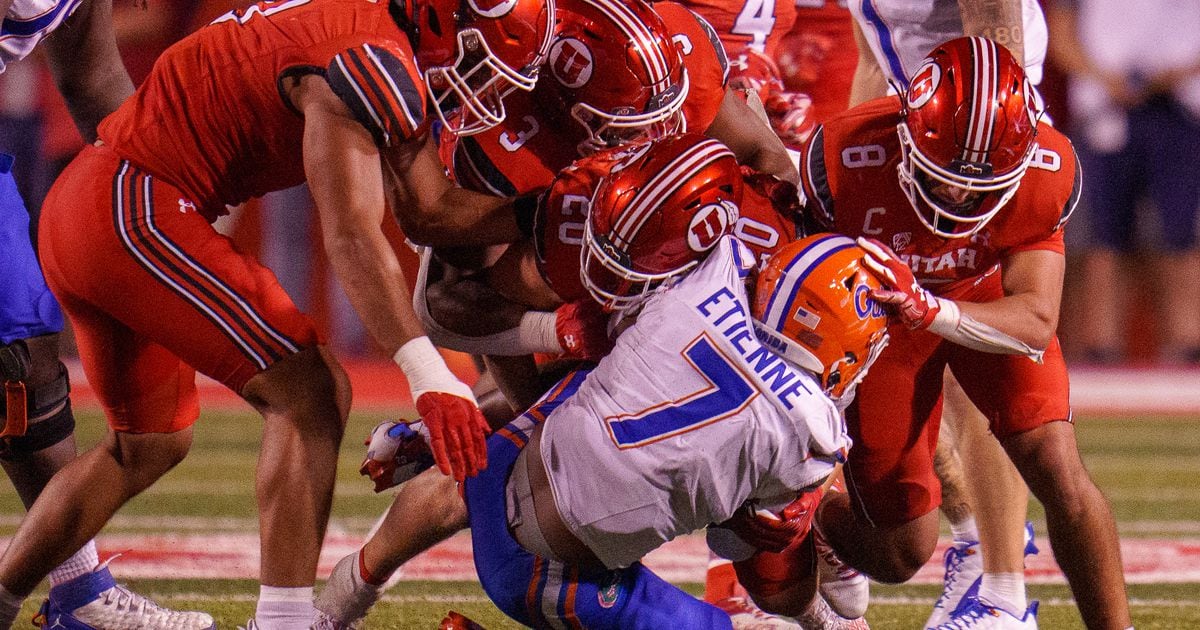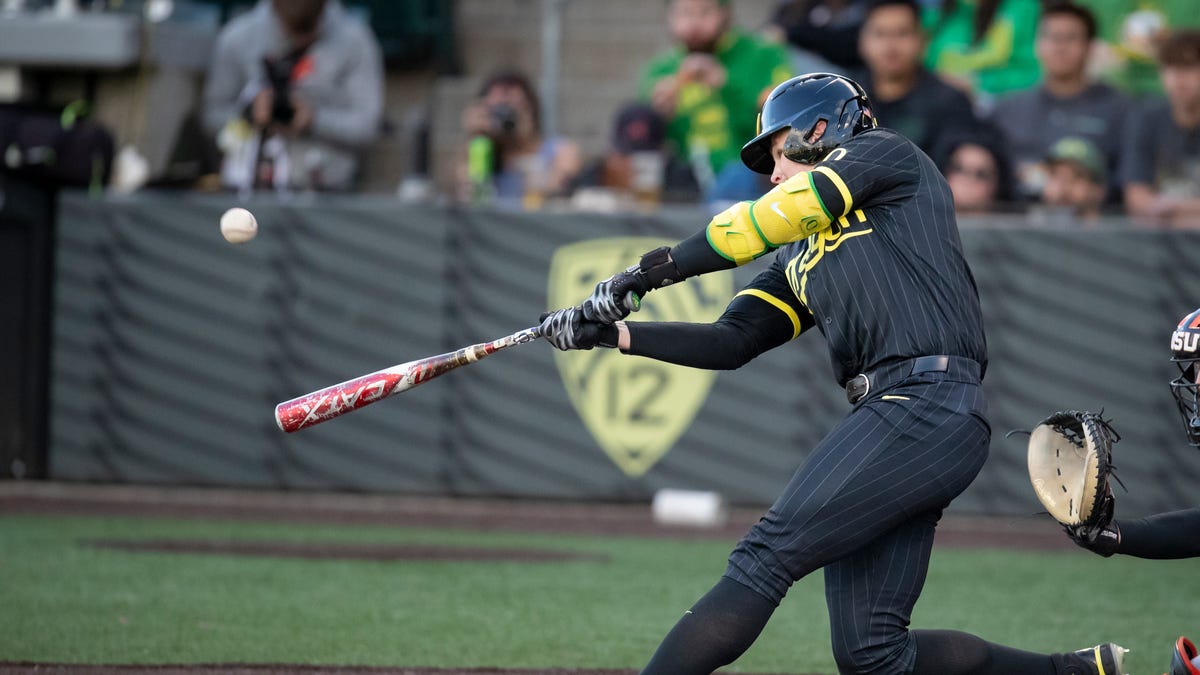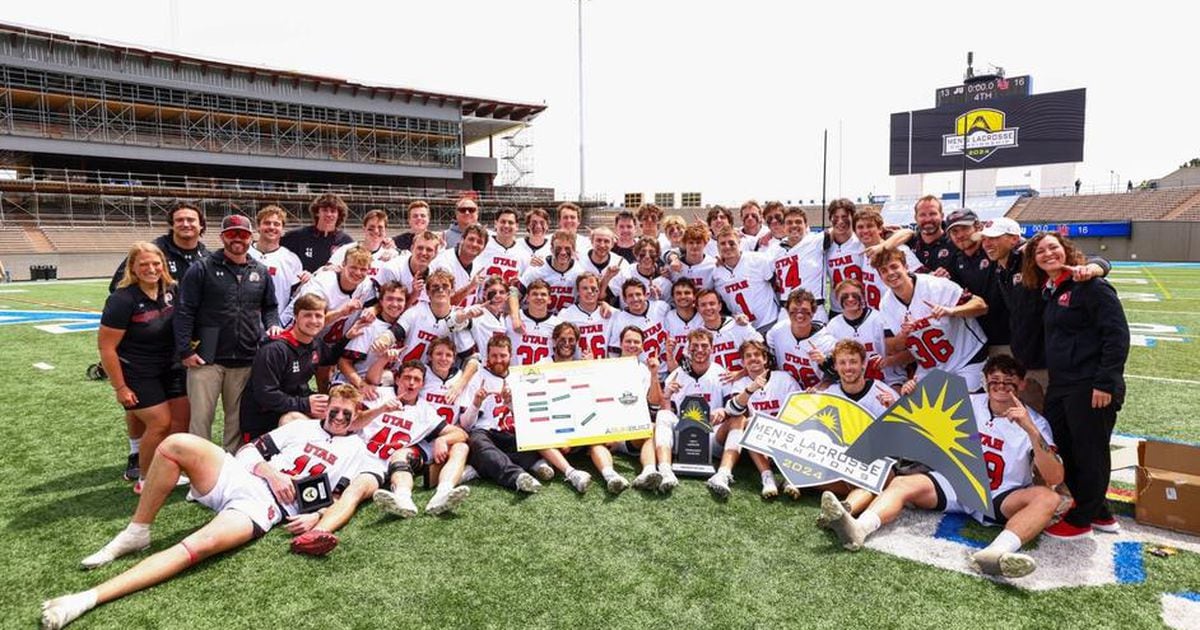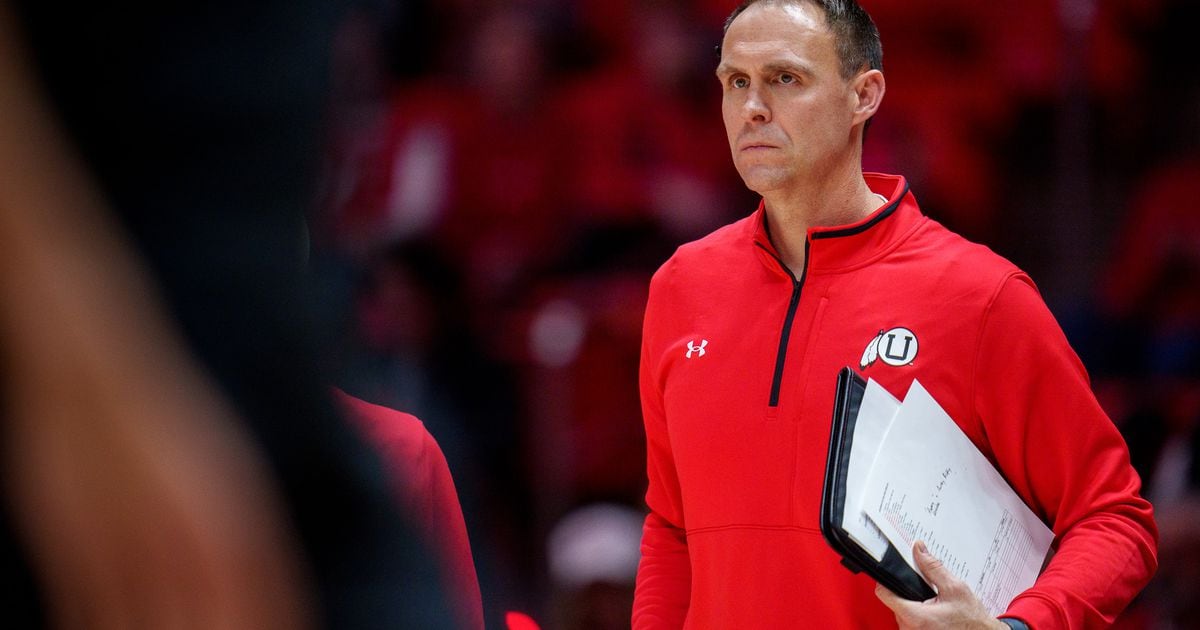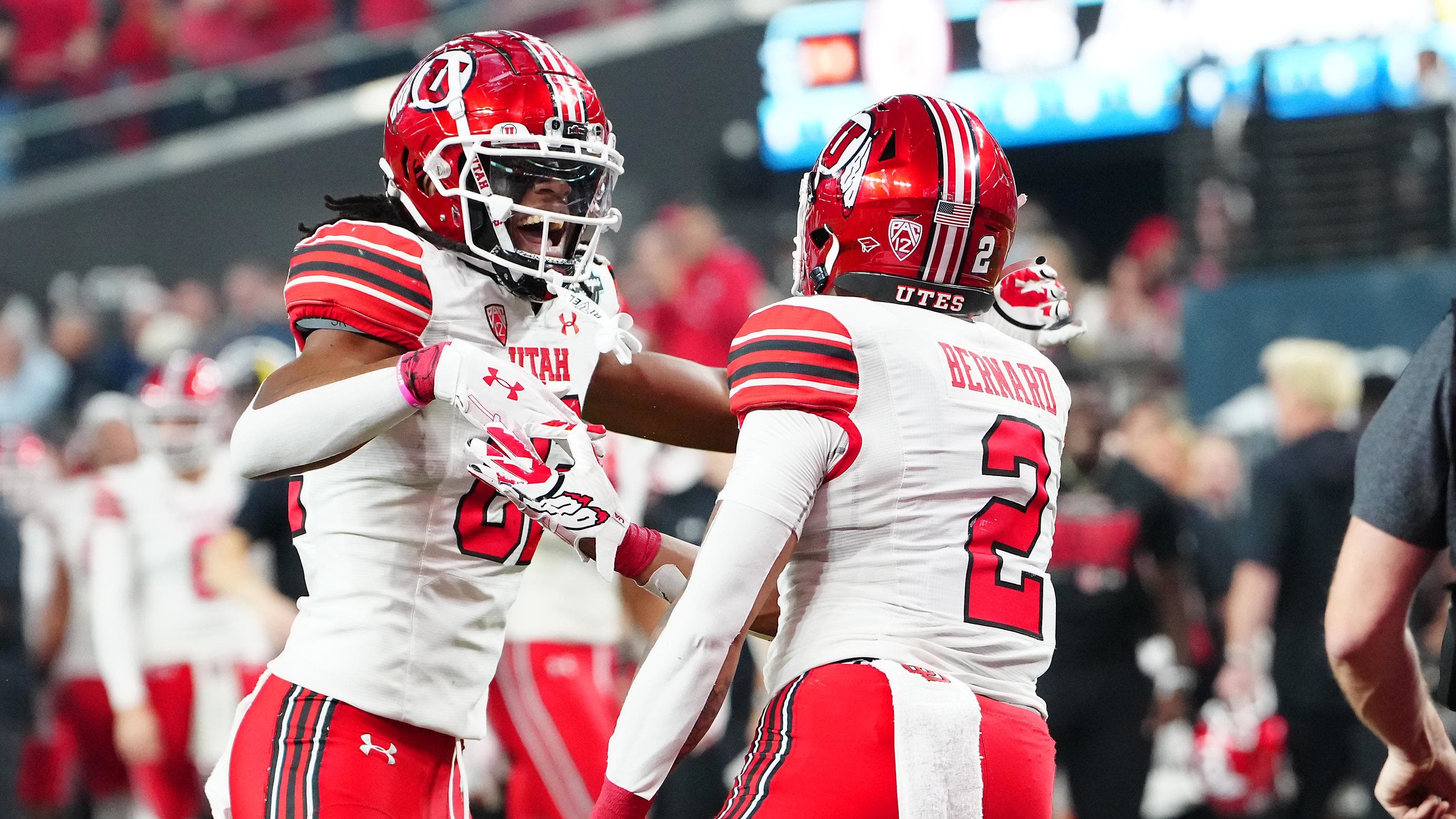For a brief minute, mid-way through the third quarter, it looked like the worst-case scenario might have been playing out for Utah.
All-conference linebacker Karene Reid had already gone down with an apparent head injury in the first quarter. And now it was Cole Bishop, the Utes’ do-it-all safety who led the team in tackling, limping off the field.
“I was just cramping,” Bishop would later say. “I was hydrated. Don’t know what happened.”
Bishop would eventually return to the field — but forgive anyone who saw Bishop go down and press the panic button.
Because Utah was already playing without a half dozen starters. The defense was already undermanned during its 24-11 opening-night win over Florida.
“We had a bunch of guys step up and pick up the slack. A lot of guys who were not available tonight,” Utah head coach Kyle Whittingham said. “And that is the mentality you have to have. You can’t cry and whine about who you don’t have. You have to get it done and our guys did just that. Extremely proud. There were probably eight to 10 guys that picked up the slack for guys who were missing.”
The defense was the reason for the Utes’ win, even by Whittingham’s admission. The offense stalled for long stretches, particularly in the second half. But it was the defense that forced an interception, five sacks and multiple fourth-down turnovers.
Florida didn’t convert a third down until the fourth quarter and went 1-for-13 overall.
“I didn’t know we were that good on third downs,” Bishop said. “That is good to hear.”
And what made it more impressive was many of Utah’s best defensive weapons weren’t playing: edge rusher, Connor O’Toole, was out; Junior Tafuna and Simone Pepe also were missing on the defensive line.
Van Fillinger was severely limited after missing around 90% of fall camp due to an undisclosed illness.
So Whittingham turned to Jonah Elliss who came up with two sacks. Freshman Logan Fano, playing in his first college game after an ACL injury last year, recorded a game-clinching sack. And Keanu Tanuvasa, a redshirt freshman, had to log significant snaps.
“You saw we have six, seven, eight guys we kept rolling through there and we didn’t miss a beat,” Whittingham said. “Just picked up the rifle so to speak.”
All of that didn’t include the in-game substitutions because of Reid and, briefly, Bishop. Without Reid, Utah played most of the game with Stanford transfer Levani Damuni and Sione Fotu.
Damuni ended up leading the team in tackles for everyone not named Bishop. And Fotu finished with seven tackles and four solo tackles himself. The last time he played competitive football was in 2020, before he served a mission for the Church of Jesus Christ of Latter-day Saints.
“When Levani went in, you know, we didn’t really miss a beat,” Whittingham said. “He did an outstanding job. Sione Fotu, with Karene exiting, that elevates Levani to the 4-2 Nickel and Fotu as the third linebacker in the 4-3. He made some nice plays for us tonight too. A kid that started for us three years back, went on a church mission, and now he is back and ready to play.”
Now the Utes will look ahead: Can they replicate this defensive performance next week at Baylor? And when will they get players back on the field?
Bishop appears to be fine. “I’m good,” he said after the night. Reid might be a bigger question.
“He was pulled from the game by the medical staff,” Whittingham said. “You know we don’t give details on what the injury was.”
But for now, that is the issue for the future. For at least one night, it can rest on the fact that its makeshift crew beat an SEC team at home.
“Defense was suffocating,” Whittingham finished. “Defense was the storyline of the game.”

